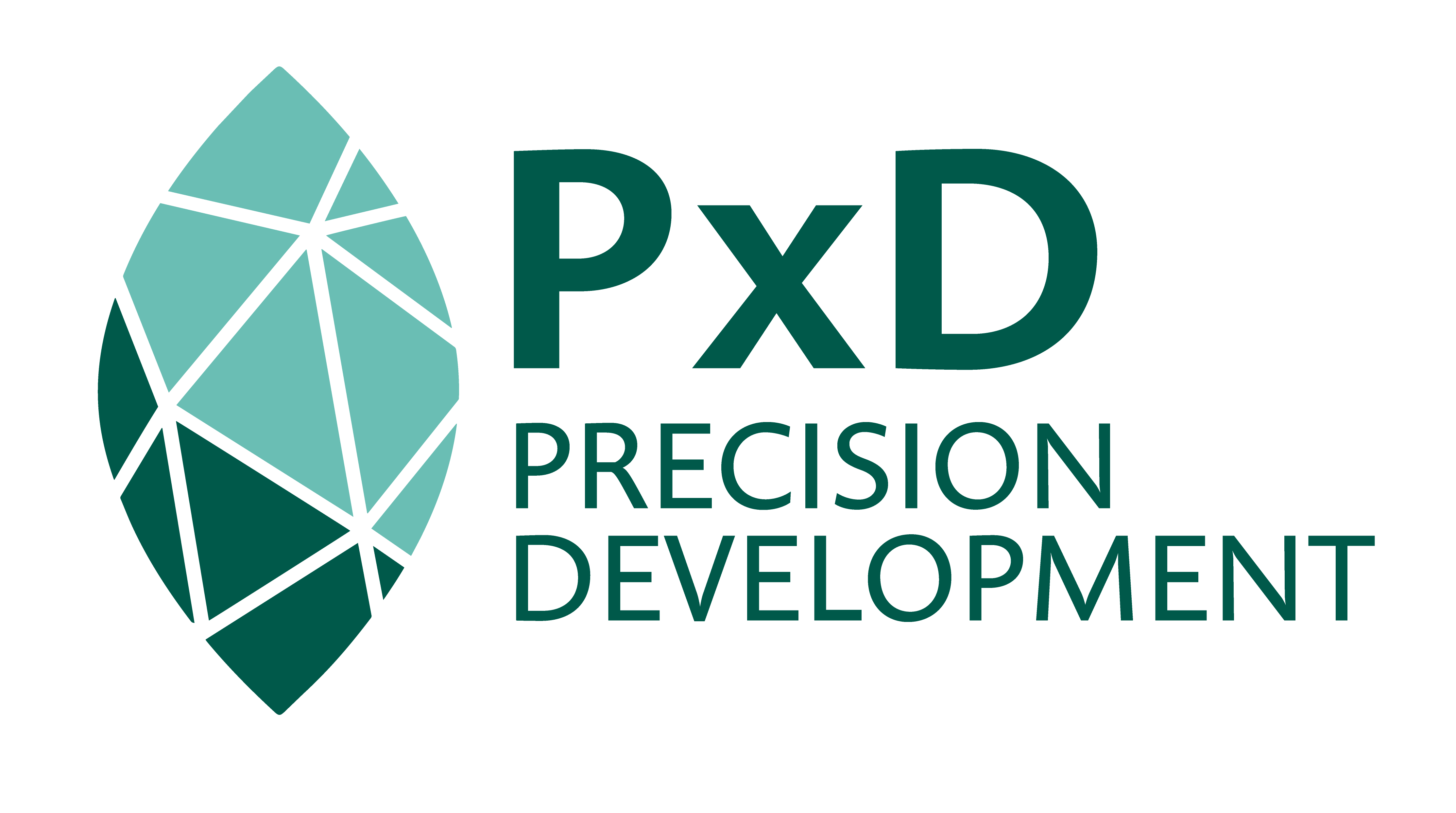Changing the Frequency of Advisory Calls to Improve Farmer Engagement
IND -17 -1534Last modified on November 10th, 2025 at 2:06 pm
-
Abstract
PxD has operated the Krishi Tarang service in Gujarat since 2016 to provide free agriculture information via mobile phones using a two-way Interactive Voice Response (IVR) platform with “outbound” push calls and an “inbound” hotline service.
We tested whether changing the frequency of advisory calls to farmers improves overall farmer engagement. Farmers were randomly assigned to receive standard weekly calls, or twice-weekly shorter calls, or to select their preferred frequency. The results suggest that both higher frequency and preference-based approaches increased listening rates, with stronger effects observed when farmers could choose their call frequency. -
Status
Completed
-
Start date
Q3 Aug 2017
-
Experiment Location
Gujarat, India
-
Partner Organization
J-PAL
-
Agricultural season
Kharif
-
Experiment type
A/B test
-
Sample frame / target population
Farmers of Gujarat
-
Sample size
3,788
-
Outcome type
Service engagement
-
Mode of data collection
Phone survey
-
Research question(s)
1. Do the engagement rates improve if one push call is broken down into two shorter calls and sent on two different days?
2. Do the engagement rates improve if the farmers are asked their call preferences? -
Research theme
Message timing and frequency
-
Research Design
Farmers were individually randomized into three groups: a control group, a treatment group, and a preference group.
Farmers in the control group continued to receive advisory calls once per week, with each call maintaining the standard pre-treatment length. The treatment group received calls twice per week, but each call was half the standard length. The preference group was given the opportunity to choose the frequency of their advisory calls, which allowed personalized scheduling based on their preferences.
After randomization, the baseline characteristics of the preference and control groups were found to be unbalanced. To account for this imbalance, we applied a difference-in-differences analysis to estimate the effect of the preference-based treatment on the outcome measures. The experiment ran for ten weeks.
-
Results
Giving users the option to select their preferred frequency of calls resulted in the highest engagement rates. Users in the preference group had listening rates 9.4 percentage points (pp) higher than the control mean of 32.6% and pick-up rates 7.6 pp higher than the control mean of 80.0% during the implementation of the experiment. The treatment group, which received two shorter calls per week, had listening rates 3 pp higher than the control group, which received one longer call per week. These effects are statistically significant at the 1% level. However, the higher effect in the preference group may partly reflect a priming effect, as the decline in average listening rates over the ten week period was slower in the preference group than in the treatment and control groups.
